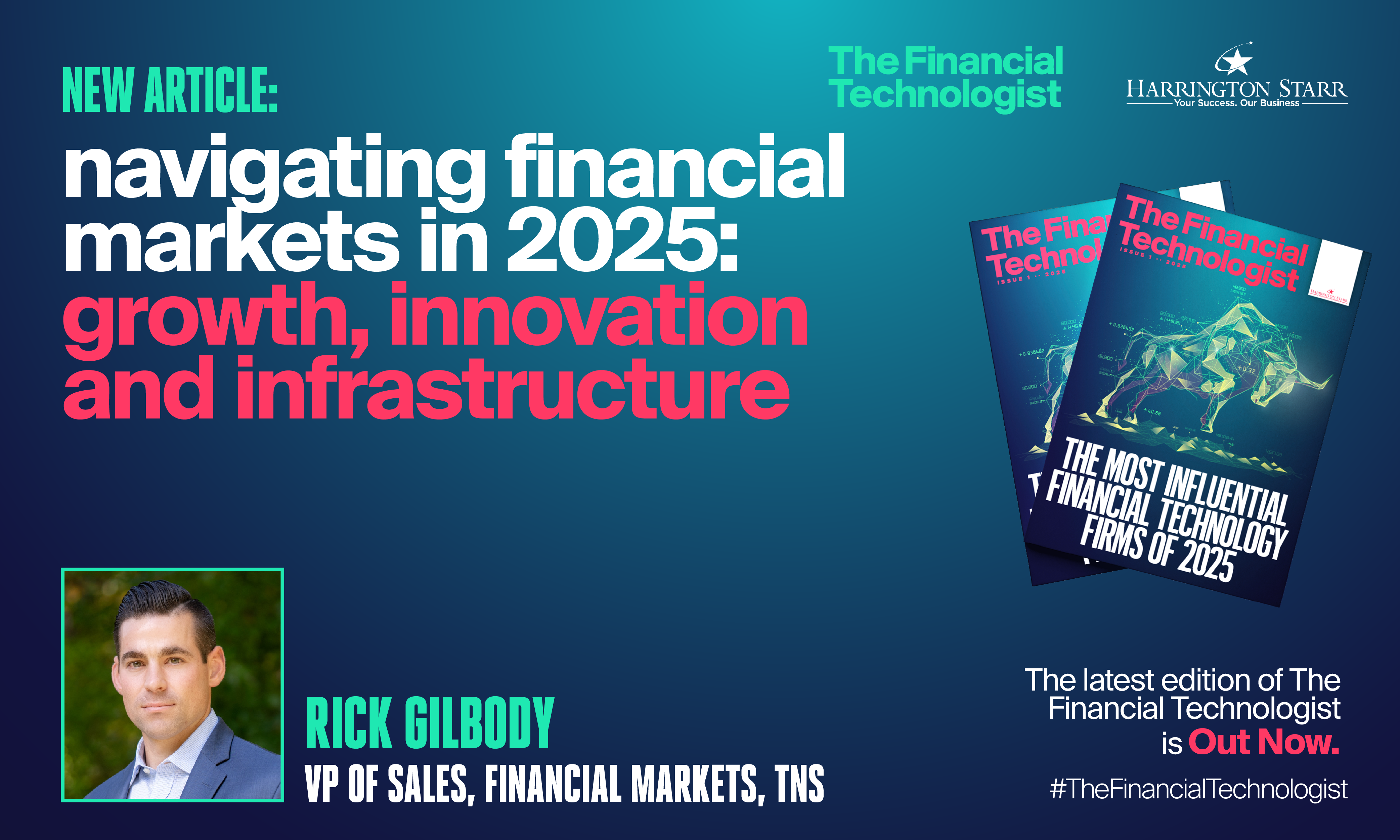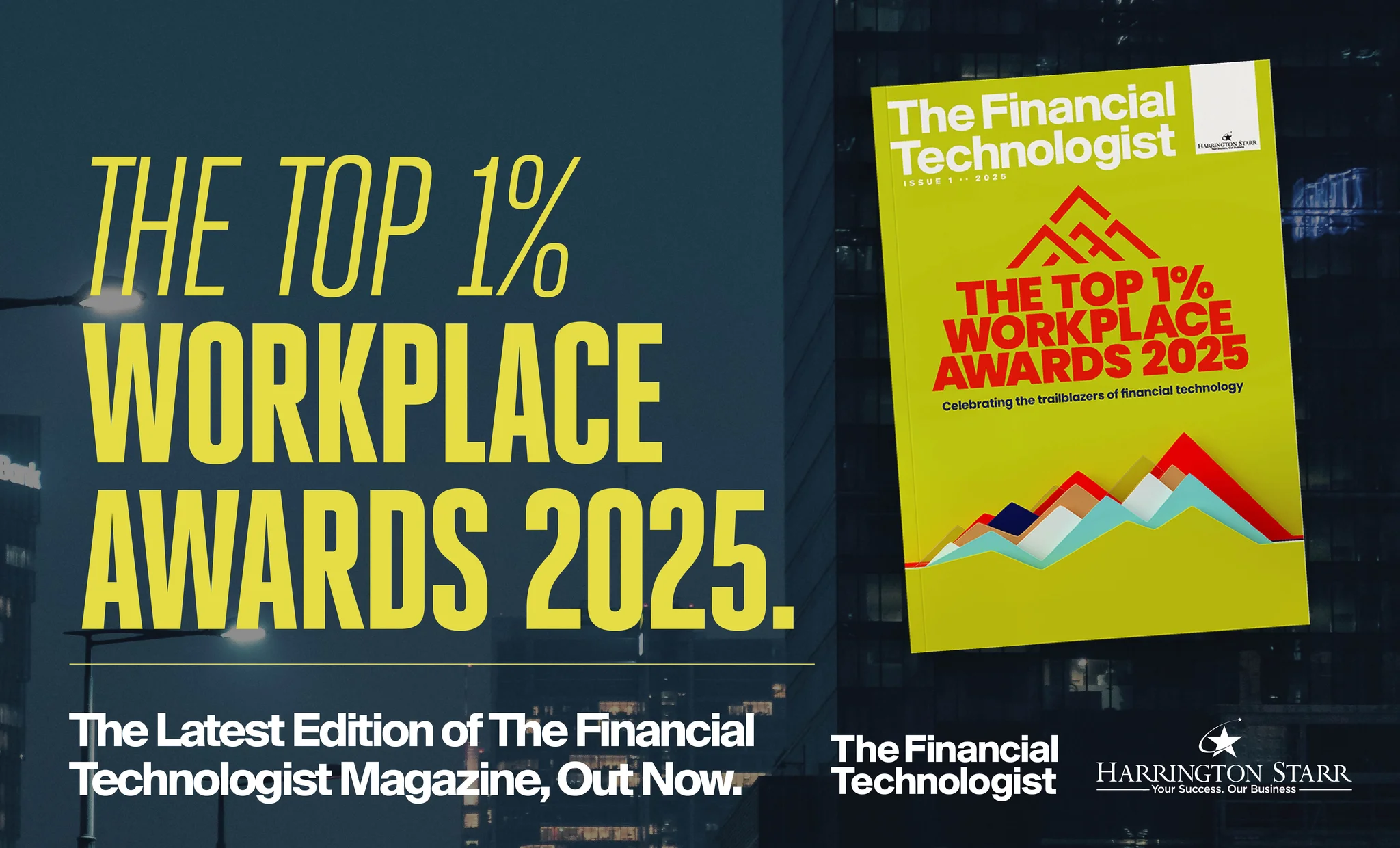Download your free copy of the latest Financial Technologist magazine here.
Opportunities in the US Equity Options Market
Robust economic growth and expectations of Federal Reserve interest rate cuts have resulted in a powerful rally in the US stock market. While rate-cutting cycles often coincide with rising stock prices, a continuing upward trajectory will be influenced by other factors such as corporate earnings, inflation trends and the economy not slipping into recession. This, coupled with the rise of retail traders in these markets, and new trading products like zero-day options, has significantly increased volumes of traffic across financial trading networks and infrastructure.
The challenge of managing the ever-increasing bandwidth demanded by the US Equity market without compromising on latency is a key focus for financial trading firms in 2025.
The growth in US Equity Options activity and associated high bandwidth data feed requirements means that many financial traders are now looking to invest in higher capacity connectivity without compromising on latency. A number of market initiatives support ultra-low latency access to these US markets: MIAX operates four US options exchanges, MEMX seeks to offer more efficient securities trading and IEX is launching a new exchange focused on driving performance. Many more exchanges are due to launch in the year ahead, so bandwidth demands are anticipated to increase at a staggering rate.
Controlling Spiralling Market Data Costs
Alongside the drive to increase bandwidth, financial services firms are also working hard to get a handle on spiralling market data costs, which are a growing concern for some. A major cost challenge for data management is typically the number of users accessing information. As firms grow and scale, they can easily find themselves in a situation where hundreds - and in the case of Tier 1 Banks - thousands of employees have access to data feeds that they may never actually use. This is a growing challenge that goes hand in hand with the increasing complexity of managing multiple and disparate data sources and feeds. Many firms do not currently have actionable market data usage reports that can pinpoint unused data feeds and identify opportunities to reduce subscription fees. When this type of analysis and reporting is in place, firms are able to take prompt action to reduce data management costs.
It’s Time to Tackle Infrastructure Legacy Systems
The DORA regulation that went live in January 2025 mandates the demonstration of far more rigorous and robust analysis processes around critical infrastructure resilience by financial firms and imposed additional controls and reporting requirements on critical suppliers. At the same time, firms want to de-risk their infrastructure and ‘bite the bullet’ to address legacy infrastructure systems issues that have been an ongoing challenge for years. Legacy systems come with a growing financial burden.
To continue to execute trading strategies effectively, many firms need to urgently refresh their hardware without the significant capital investment, ongoing maintenance costs and headache of doing this themselves. Custom-built legacy applications may lack upgrade paths, which in turn may create significant challenges. Maintaining and supporting these systems is expensive and resource-heavy, particularly when they depend on outdated proprietary hardware which becomes harder to replace and support over time. Supporting outdated software requires skilled personnel familiar with obsolete technologies and skilled at maintaining hardware that is no longer widely produced.
Outsourcing as a Competitive Strategy
In 2025 the trend for firms to look at leasing [SaaS and Managed Service] models is set to continue, helping to reduce capital and operating costs dramatically and delivering additional benefits from outsourced, scaled, 24x7x365 management of systems. TNS, for example, tests numerous server specs and helps to optimise them to improve time to market, while providing low-latency network access, troubleshooting and support. Traders are not typically tech experts, as such, outsourced solutions free them up to focus on their core areas of expertise. In fact, outsourcing trading infrastructure and accelerating time to market for new trading strategies may play a huge part in giving firms a competitive edge.
Of course, not all outsourcing options are equal; some are good for the hardware element, others for market data, but what about meeting both requirements? A robust managed solution must handle both the delivery and distribution of large amounts of market data without compromising on performance. Managed Service Providers (MSPs) enable economies of scale by sharing global infrastructure and delivering services with minimal latency and maximum performance. This is especially important as financial trading activity intensifies, demanding rapid responses during high-activity periods. A capable MSP ensures that sudden bursts of data traffic does not overwhelm critical infrastructure.
Upcoming Focus
Service providers supporting financial trading are continually expanding their exchange connectivity footprint to support the delivery of colocation, managed hosting and ultra-low latency Layer 1 connections. This means ensuring the most efficient access to major exchanges like the SIX Swiss Exchange (Switzerland's leading stock exchange), as well as connecting to exchanges in markets like Mexico, India and mainland China to support trading into - and out of - these countries and regions. From the trading firms' perspective, they can benefit from a service supplier that can offer a more agile and flexible 'market access' strategy, for example offering customers with proximity hosting and exchange connectivity in lower cost locations.
Financial Services is a dynamic industry with many new entrants year on year, facing unprecedented challenges of balancing performance, cost-efficiency, and regulatory demands. By leveraging industry best practices, carefully selecting infrastructure partners, and embracing scalable solutions, firms can position themselves for sustained success in the financial markets in 2025 and beyond.
By Rick Gilbody, VP of Sales, Financial Markets at TNS
Download your free copy of the latest Financial Technologist magazine here.







